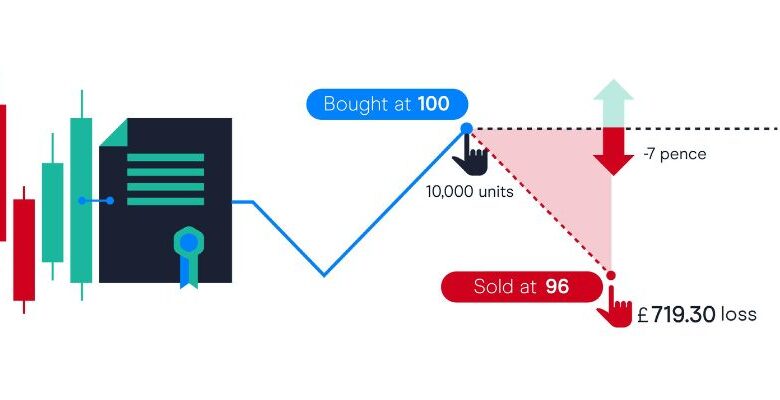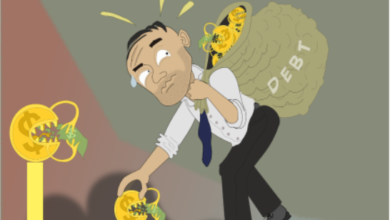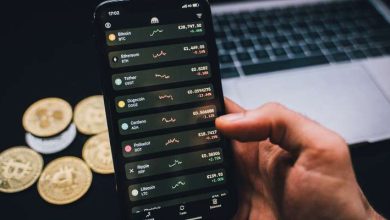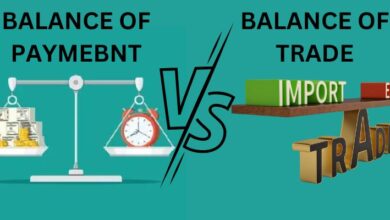
C F D (Contracts for Difference) are alternative trading instruments that provide opportunities to trade on the price movement of various financial assets such as equity indexes and commodity futures. Unlike traditional futures contracts that are settled in either cash or the delivery of the physical commodity; C F D are always settled in cash. The cash settlement process provides traders with the rewards, and risks, of holding a financial instrument without actually owning it. CF D trading is available in global equities, metals, energy, as well as many other market sectors. Many choose C F D markets as their primary method of trading or as a useful option to diversify their trading alongside Forex, shares, or other traditional trading products.
Why C F D Trading?
I was first attracted to the idea of trading C F D because, unlike other derivative instruments available, their price action is exactly like the price action of their underlying product. As a technical analyst, making trading decisions on the basis of chart patterns, I saw benefits in being able to scan the charts of the underlying share and use the information gleaned there to trade the C F D, knowing that their price movements would be identical. From a price perspective, C F D and shares were the same, but for my purposes, C F D was better. Unlike options or warrants, they would allow me to get set in a market that had no expiry date and traded no premium.
Years passed as I studied stocks for Investor Web. In my experience as a former futures broker and trader, the stock market looked to be a much more forgiving and simple market to trade. Share prices are like the country’s cousin, moving rather slowly, whereas a futures market such as pork bellies or coffee can experience the equivalent of a stock market crash and rebound in a matter of hours. I could trade shares in a more sedate environment using C F D and still get the same value for my money as a futures market. Leverage, which is, in my opinion, C F D’s greatest advantage, would provide the bang. Extraordinary earnings can be amassed with little money—in my case, just $13,000. A part-time investor might become a full-time trader with the use of leverage.
For example, during the time I kept my trading journal, the S&P/ASX 200 rose by about 9.6%, which isn’t bad when annualized to 38%, but during that same three-month period, my account balance surged by nearly 132%. If you annualize that amount, it’s absurd!
Low brokerage fees are also offered while trading C F D. I may place a trade with my C F D provider for as low as $10. Because of this, C F D is an extremely effective teaching tool. Small trades with cheap brokerage give beginning traders the chance to dip their toes in the water without losing their shirts to commissions. One share can only be traded at a time. It may seem absurd to start so small, but if you’ve never traded before, trading one share offers you the same emotions as trading an order that is more realistically sized: it gives you the chance to exercise trading discipline without the hazards and stress of greater exposure to the market.
Another key advantage of C F D is that they can be traded profitably even when the market is going down. One of the big problems with traditional share investing for me has always been the difficulty in making money when the market is falling. With its focus on positive price growth, old-school share trading is only half the story. My future background has taught me that a falling market is often as good and sometimes an even better money-making opportunity than a rising market. It is the ability to profit from a fall in prices that separates traders from investors, and C F D makes this very easy. The market will periodically enter a downturn and eventually, there will be a long-term correction. Both of these events are potentially profitable for C F D traders.
Range of C F D Trading Markets
C F D products are available in a wide range of markets covering many products and regions of the world. There are three general categories of C F D, Indices, Commodities, and Shares, each consisting of a large variety of C F D offerings. The wide selections of products make C F D perfect for the active global trader.
Equity C F D Trading
C F D is an agreement between you and a broker to exchange, at the closing of the contract, the difference between the opening and closing prices of a share, multiplied by the number of shares in the contract.
Each C F D represents a unique share of a corporation, such as Lloyds TSB. The C F D movement reflects that of the individual share and is quoted in the same manner as the share is quoted on a stock exchange. You can purchase or sell a C F D whenever you want, just like shares. Whether an investor holds a stake for months, days, or even a few hours is totally up to the individual investor. You don’t take delivery of a C F D like you would with shares. Instead, you settle the difference—which represents your profit or loss—between the opening and closing prices.
A Long Equity C F D Trading
A typical share transaction has many similarities to trading an equity C F D. Since the price of the C F D perfectly matches the price of the underlying equities, it can be thought of as an “artificial” equity position. You do not have to pay the whole amount of the underlying shares, unlike when buying shares in person. Instead, you make a margin deposit, the size of which is based on the share’s volatility and market capitalization. Depending on the features of the specific underlying share, the initial margin needed may be greater or less than the typical range of 5% to 10% of the whole contract value.
At the conclusion of each working day, the contract is revalued, and any consequent margin calls are made. As an alternative, your margin account will be credited with any revaluation-related profits. Your account will be debited or credited to reflect interest and dividend adjustments while your position is still active. You pay interest and collect dividends when you retain a long investment. You earn interest and pay dividends if you have a short position. (More information about margin trading, the impact of dividends, and interest will be provided later.)
As long as there is enough margin in your account to sustain the position, equity C F D has no settlement period and allows you to have a trade open indefinitely. C F D is only available to investors who have the knowledge and resources to trade in these sorts of investments because they can be very high-risk instruments due to their leverage.
Let us assume that you believe that the price of ABC shares is about to rise. You contact your C F D broker, who quotes you a price of £99.50 – £100.50. (In other words, you can buy at £100.50 and sell at £99.50). You enter into a long equity C F D at the price of £100.50 per share for (say) 1,000 shares (also referred to as “buying 1,000 ABC C F D at £100.50”). The value of your position is therefore £100,500 (£100.50 x 1,000 shares). You are advised that an initial margin of 5% is required, and you, therefore, deposit £5,025 with your broker.
Ten days later the ABC share price has risen and is now quoted at £102 / £103 and you decide to close your position. You sell at £102, and the value of your position is now £102,000, representing a profit before the commission and interest of £1,500 (£102,000 – £100,500). The return on your initial investment of £5,025 is therefore just under 30% (before costs).
If the share price had fallen, for instance, to £98 / £99 then your position would have been worth £98,000 and you would have incurred a loss of £2,500 (before costs) had you decided to close out your position at that point (£100,500 – £98,000). This would represent a loss of almost 50% on your initial investment of £5,025. It is therefore apparent that both profits and losses on C F D are magnified by the effects of leverage.
A Short Equity C F D Trading
Let us assume that you have an interest in the same ABC share as in the previous example, but in this case, your belief is that the share is overvalued and likely to fall in price in the nearby future. You would then enter into a short C F D position at the price of £99.50 per share for 1,000 shares (also referred to as “selling 1,000
ABC C F D at £99.50”). Your position would therefore be worth £99,500.
If you close out your position by purchasing at £97.50, you would profit by £2 per share (£99,500 – £97,500) if you are correct and the share price drops to, say, £96.50 or £97.50 after about ten days. (This figure does not account for the cost of commission or the beneficial effect of interest.) If something unforeseen happened and the share price increased by £2 (to £101.50 or £102.50), you would have sold at £99.50 and would have finished your position by purchasing at £102.50, suffering a loss of $3,000 instead.
Reasons for using e C F D Trading
e C F D is often used as a trading hedge to reduce market risk. Speculators also use the instrument to gain a leveraged exposure of a particular underlying equity. e C F D is also often used as a long-term investment vehicle.
Hedge Risk – Example A
Consider a share portfolio that consists of 100 Anglo American Plc. shares and that predicts a future decline in share value before a rebound. The hedger must safeguard the portfolio’s overall worth by reducing the costs associated with selling and buying shares again. What should be done? Sell (short) 100 e C F D contracts for Anglo American Plc. at R250. If the theory is true, Anglo American Plc. will trade for R235. By purchasing 100 e C F D contracts for Anglo American Plc. at R235, the short position is closed. The portfolio’s Anglo American Plc. shares have lost R1 500 in value, thus the net gain is the R15 fall, or R1 500. the revenue
Speculate – Example B
Market research may lead one to believe that shares of Anglo American Plc. will rise considerably from their current price of R250. The trader chooses to buy 100 e C F D contracts for Anglo American Plc. R2 100 makes up the entire first margin. Now, 100 shares, or R25,000, represent the exposure. The price of the shares is R270 four weeks later. In order to terminate the position, the trader sells all 100 e C F D contracts for Anglo American Plc. In four weeks, the trader has made R2000 (100 shares x (R270 – R250)). While the price of the underlying share grew by 13%, the trader transformed R2 100 into R4 100, a return of 95%. This hypothetical victory serves as a gearing example. The example from “Hedge Risk” also exemplifies the idea.
Investing
An investor typically has a lengthier time frame when making a deal than a speculator. The benefits include the ability to profit from all share price fluctuations while investing less money and paying less for trading. The investor has the same flexibility to close out at any time as with regular equities trading.




